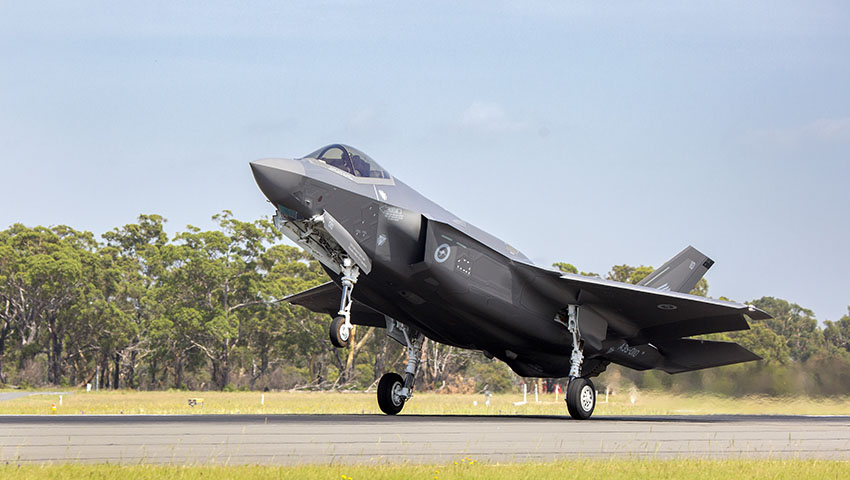Plans for three Royal Australian Air Force F-35A Lightning II aircraft from No. 3 Squadron at RAAF Base Williamtown to conduct diversion training into RAAF Base Richmond were recently made public, scheduled for 2.30pm on 5 August.
A crucial component of pilot training in a fast-jet context, diversion and instrument landing system approach training allows operators to land at different airfields in varying weather conditions.
RAAF aircrews regularly undertake diversion training to enable them to land aircraft safely at alternate airfields.
Located 50 kilometres north-west of the Sydney CBD, RAAF Base Richmond is well-placed to act as a divert airfield for aircraft destined for Newcastle's RAAF Base Williamtown in the event they are unable to land at their home base.
Air Force said at the time that noise reduction and the environment are vital considerations in the planning and conduct of military activity, and that it appreciates the ongoing support of the local community during these training activities.
The news comes after similar diversion training was carried out into RAAF Base Richmond last month, with a Hawk 127 Lead-in Fighter aircraft from Number 76 Squadron conducting instrument approach and 'touch and go' landings before making a return to RAAF Base Williamtown.
The Lockheed Martin F-35 Joint Strike Fighter is billed as a catalyst for the fifth-generation revolution, changing the face and capability of the Royal Australian Air Force (RAAF) and the wider Australian Defence Force (ADF).
For the RAAF, the F-35A's combination of full-spectrum low-observable stealth coatings and materials, advanced radar-dispersing shaping, network-centric sensor and communications suites – combined with a lethal strike capability – means the aircraft will be the ultimate force-multiplying, air-combat platform.
Ten nations are currently flying F-35s, including the US, UK, Italy, Norway, Israel and Japan. The first of Australia’s F-35A aircraft are now based on home soil after a period of training and development at Luke Air Force Base in Arizona USA, plus an epic Pacific Ocean crossing In December 2018.
More than 340 F-35s are operating today with partner nations, more than 700 pilots and 6,500 maintainers have been trained, and the F-35 fleet has surpassed more than 170,000 cumulative flight hours.
Over the coming years, Australia will purchase 72 of the advanced fifth-generation fighter aircraft as part of the $17 billion AIR 6000 Phase 2A/B program – which is aimed at replacing the ageing F/A-18A/B Classic Hornets that have been in service with the RAAF since 1985.






